© 2026 Projektwerkstatt GmbH

The cradle of Indian tea culture
The Assam region
In the beginning of the 19th century business men of the East India Company had started to support
cultivation of tea bushes in India – without great success. However, the discovery of wild tea bushes in Assam
proved that there were good climate conditions for tea cultivation in India.
Like in a gold rush many tried their luck with tea. In 1839 the first 12 chests of tea from Assam were auctioned in London
making both the brokers and the tea drinkers happy.
Today Assam is the world’s largest tea producing area, closely followed by Kenya, the most important tea growing country in Africa.
Favourite teas from Assam
Assam - the origin of Indian tea cultivation
The natural habitat of the tea bush is China. For thousands of years tea has been cultivated and celebrated. It must have been quite a sensation when botanists in 1823 confirmed that the wild bushes that a Scotsman found in Assam actually were tea bushes. The discovery of Camellia assamica marked the beginning of tea cultivation on the Indian subcontinent. However, back then and up until today the botanic experts argue whether Camellia sinensis from China or the different looking tea bush from Assam is the ancestral plant.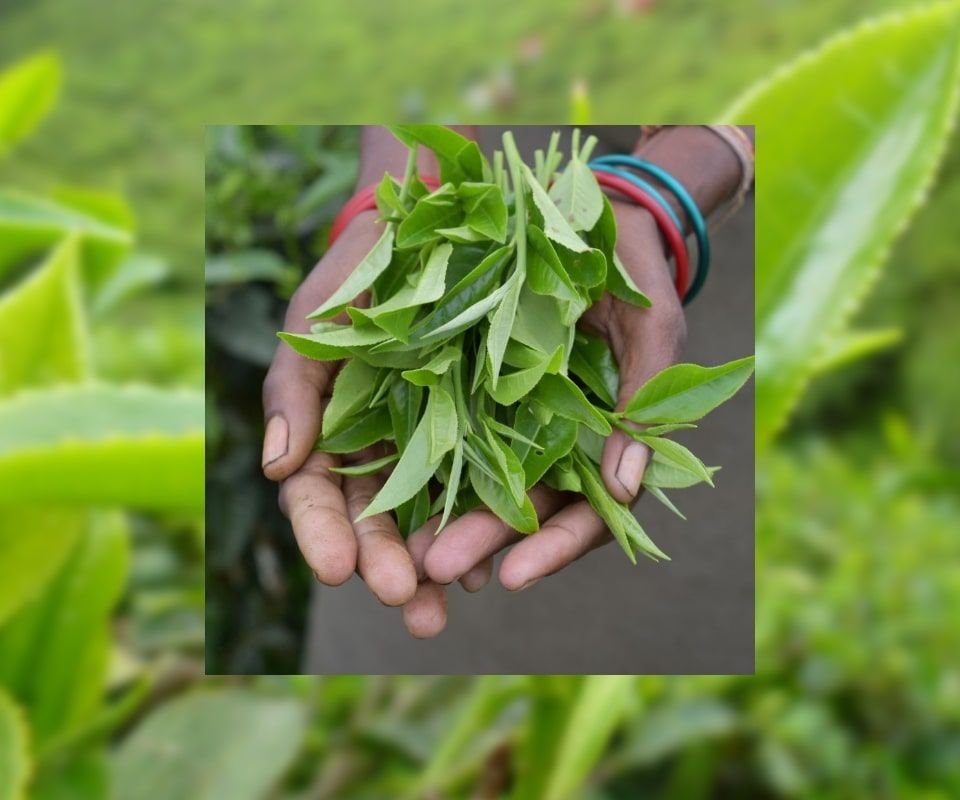
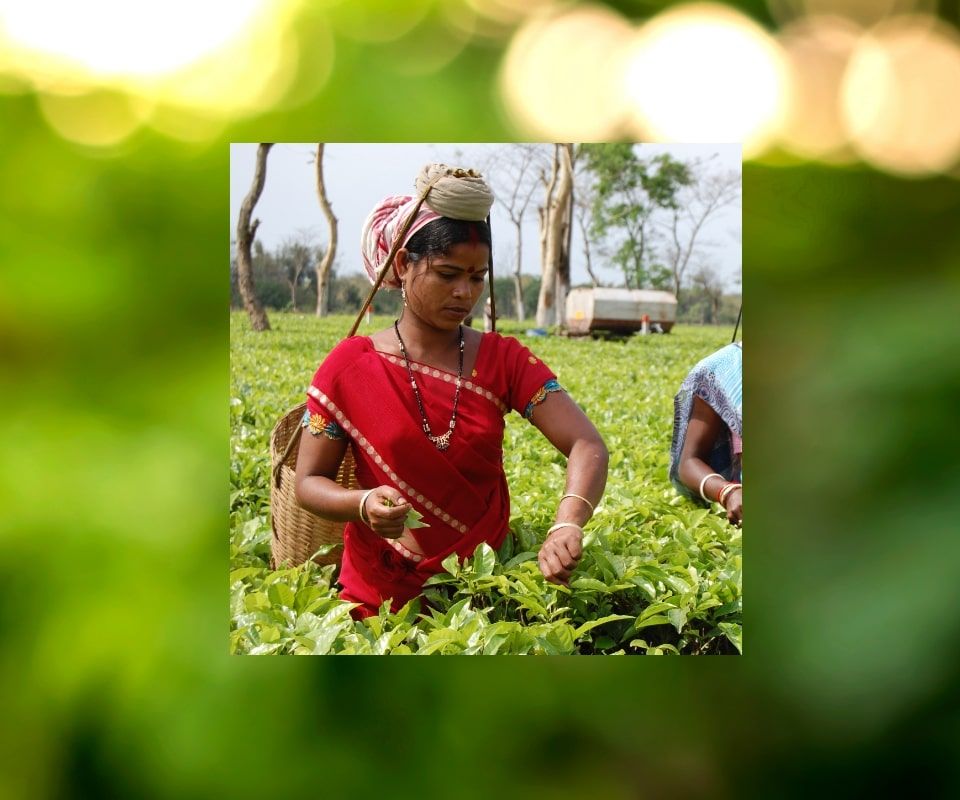
Die damaligen Teefans in England dürfte diese Auseinandersetzung unter Gelehrten kalt gelassen haben. Sie wollten einfach nur Tee – egal woher. Der Konsum von Tee war rasant gestiegen. Die portugiesische Infantin Katharina von Braganza war diejenige, die Tee in England bekannt machte. Als sie 1662 nach England kam, um mit König Karl II. vermählt zu werden, wollte sie auf ihr gewohntes Getränk nicht verzichten. Was sie trank, dass tranken bald auch die Damen ihres Hofstaates. Ihre Nichte Queen Anne (1665-1714) sorgte wenig später für einen regelrechten Tee-Hype. Was die Oberschicht trank, wollten auch die weniger gut Betuchten in ihren Tassen haben. Aber erst als 1783 die hohen Teesteuern gesenkt wurden, konnten sich Mittelschicht und danach auch die Arbeiterklasse das Heißgetränk leisten, das wohl wie kein anderes als Flaggschiff britischer Trinkkultur wahrgenommen wird.
The high demand of British tea drinkers led to an increase import from 50 tons in 1700 to 15.000 tons in 1801. The East India Company had the monopoly to deal with tea. Back in 1600 Queen Elisabeth I. had signed the foundation charter of that company. Imports of tea came from China only. However, the Chinese were not interested in trading goods, they just wanted cash for their tea – preferably silver. Silver was scarce in England, too. Clever business men of the East India Company in Kolkata thought up different means of payment – opium. As the drugs were produced in India the East India Company became the world’s largest drug dealer in the years 1830 to 1840 trading drugs for tea, silk and porcelain. When the trade monopoly for the East India Company expired China was flooded with opium by other merchants as well. As a result millions of Chinese became opium addicts causing severe social problems and a huge trade balance deficit.
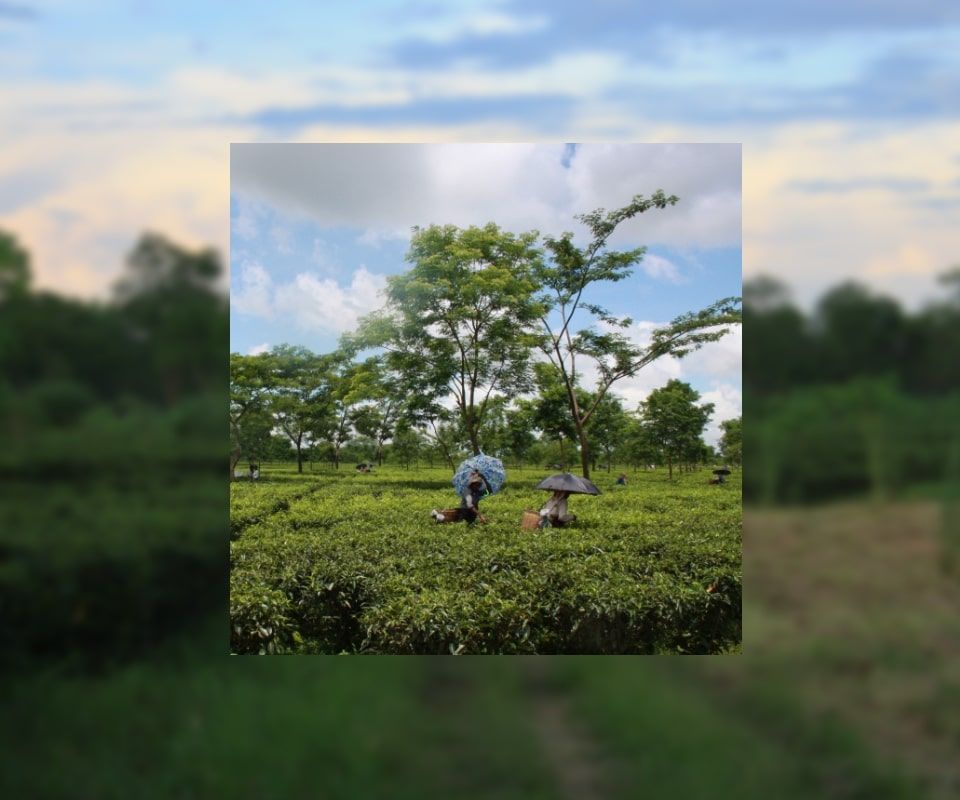
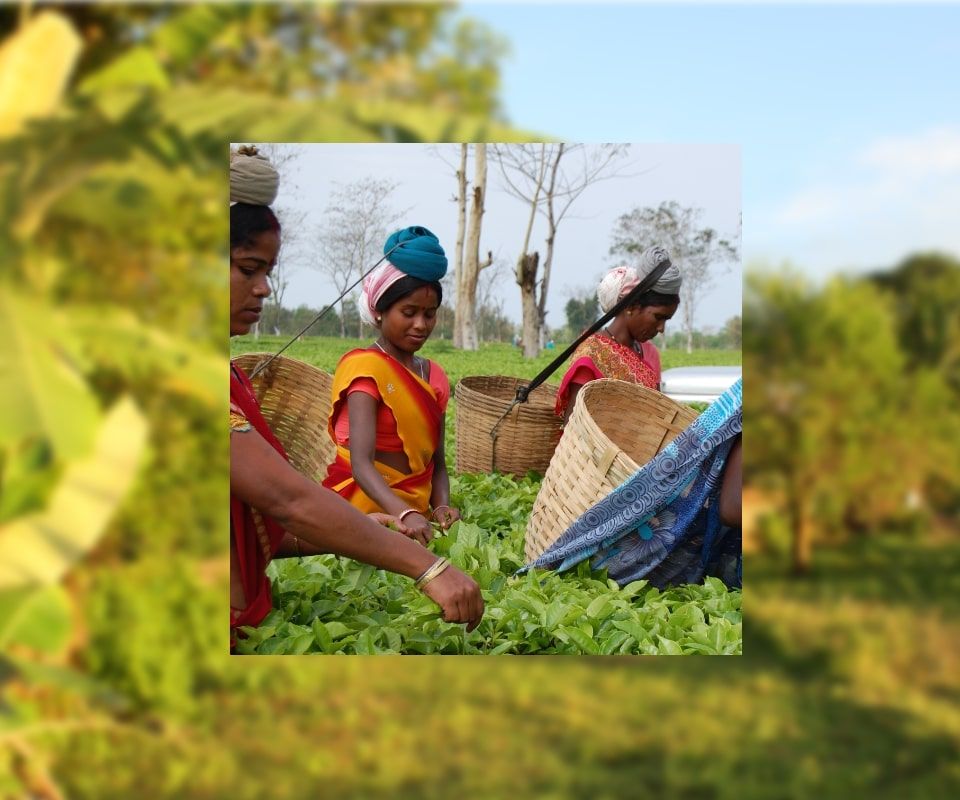
In the beginning of the 19th century business men of the East India Company had started to support cultivation of tea bushes in India – without great success. However, the discovery of wild tea bushes in Assam proved that there were good climate conditions for tea cultivation in India. Like in a gold rush many tried their luck with tea. In 1839 the first 12 chests of tea from Assam were auctioned in London making both the brokers and the tea drinkers happy.
Today Assam is the world’s largest tea producing area, closely followed by Kenya, the most important tea growing country in Africa.
The Tonganagaon Tea Estate
Tradition in the 6th generation
The tea garden Tonganagaon was established in 1927 and since 2008 belongs to the Chamong group of the Lohia family. They run tea estates in sixth generation and have gardens in Darjeeling as well as in Assam.Ashok Lohia, the chairman once said of himself that tea runs in his veins instead of blood. His passion for tea helps him to meet the challenges of turning sick properties into flourishing gardens. He bought Tonganagaon when the 1240 hectares property was in a neglected and desolate condition. The factory resembled a ruin and the area under tea cultivation had come down to half its original size. Ashok Lohia willingly took the responsibility to look after 6000 people living on the estate and the 1400 people workforce. One of the first things he did was implementing organic farming and rejuvenating the areal by replacing old tea bushes with new plants. Today 538 hectares are under tea cultivation. A new and modern tea factory was build to meet the requirements of international buyers. To improve the infrastructure on the estate is a continuous process that encompasses modernization of houses, providing gas for cooking, enlarging the hospital, building new schools and streets…it will take years to accomplish all that is on the list of goals.
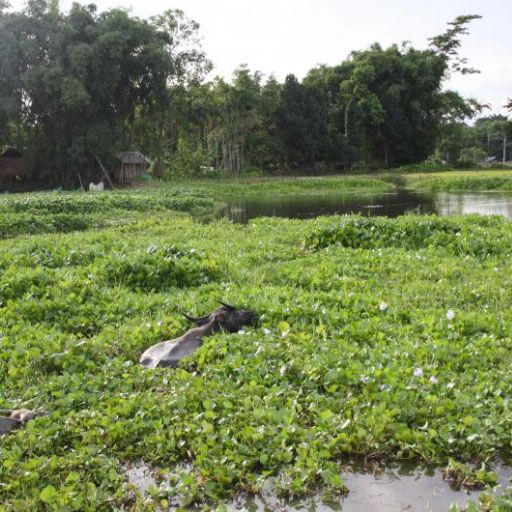
The axe in the village
‚Tongana‘ is the Assamese expression for an axe and ‚gaon‘ means village. According to legend God Parashurama, who is pictured with an axe, once visited this place in the far east of Assam. The adjoining state of Arunachal Pradesh with its Himalyan slopes is nearby as well as the mighty river Brahmaputra.Ashok Lohia, the owner of Tonganagaon has a passion for tea and took on the huge challenge of turning an abandonded tea garden into a flourishing estate. He bought Tonganagaon when the 1240 hectares property was in a neglected and desolate condition. The factory resembled a ruin and the area under tea cultivation had come down to half its original size.
Teekampagne supports Ashok Lohia's efforts with a sustainability project with a focus on education.
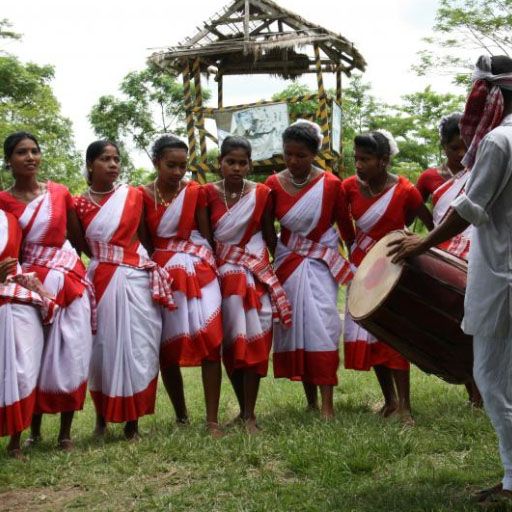
News from our tea regions
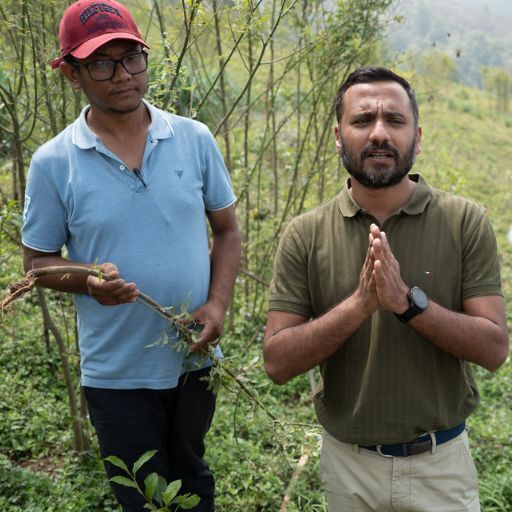
Aus den Anbaugebieten
Die Tee-Kampagne: Vier Online-Gespräche
Aufzeichnungen unserer Live-Zoom-Veranstaltungen zu Darjeeling aus 1. Hand, Günter Faltin im Gespräch, Erfahrungen unseres Kundenservice und ein Einblick in die Geschichte des Tees. 40 Jahre Teekampagen im direkten Gespräch.
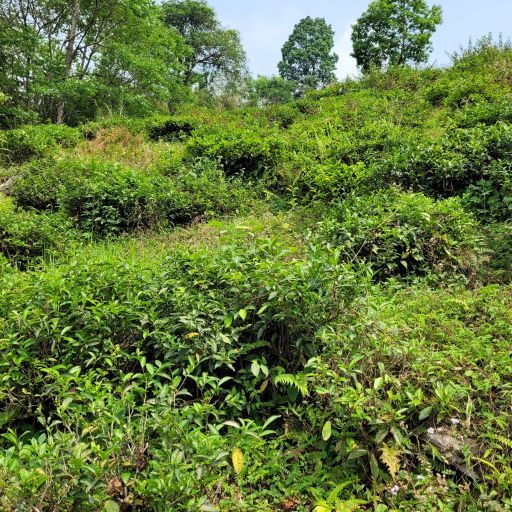
Aus den Anbaugebieten
Wieder Hoffnung: Der Teegarten Ambootia nimmt Betrieb wieder auf
Nach monatelangem Stillstand kehrt neues Leben in den traditionsreichen Ambootia Teegarten ein: Seit dem 21. Juli werden hier endlich wieder Teeblätter gepflückt.
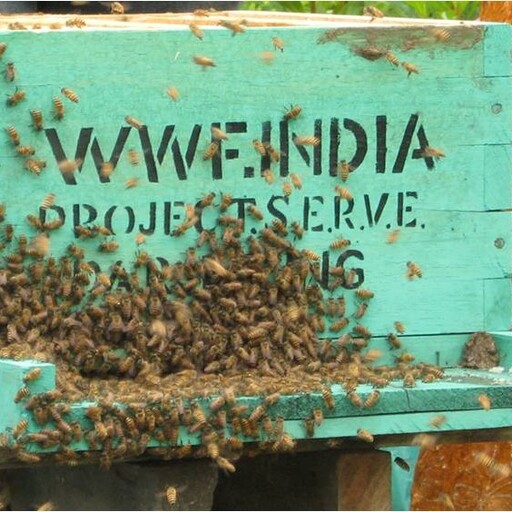
Aus den Anbaugebieten
Kleine Bienen, große Wirkung - Biodiversität in Darjeeling schützen
Projekt SERVE der Teekampagne vermittelt Imkerwissen für Teegarten-Communities
